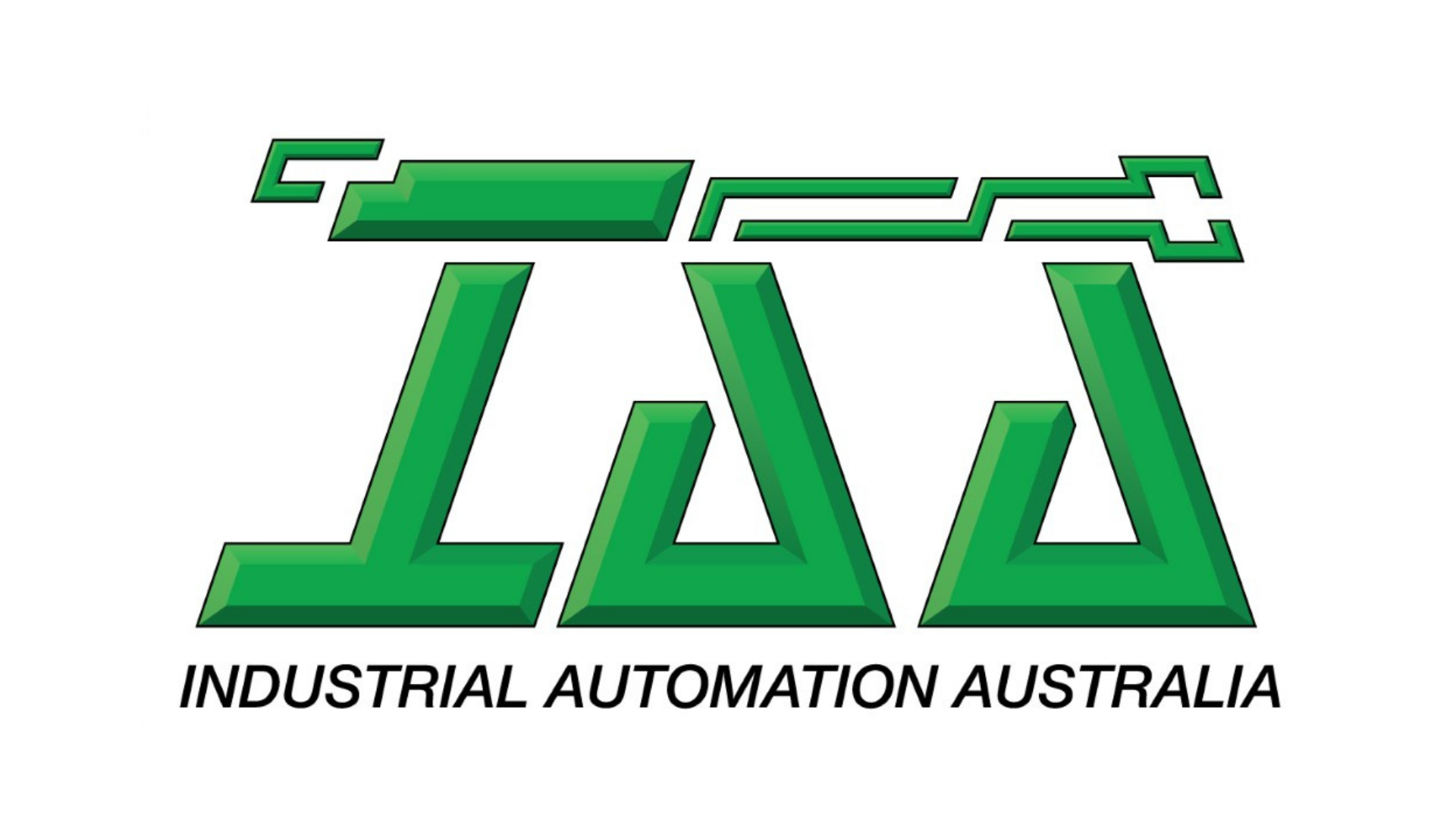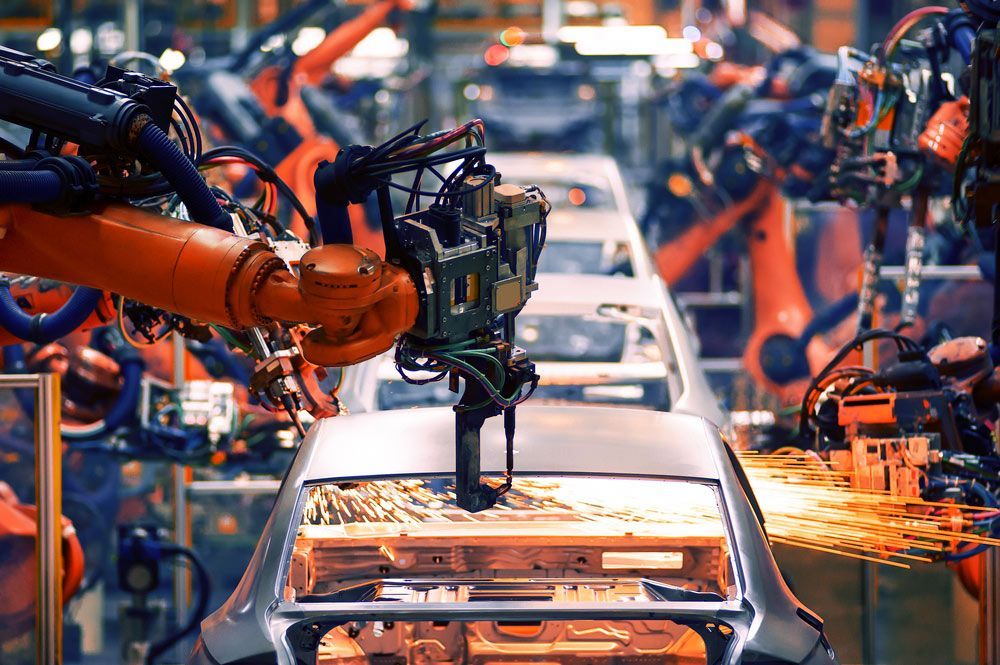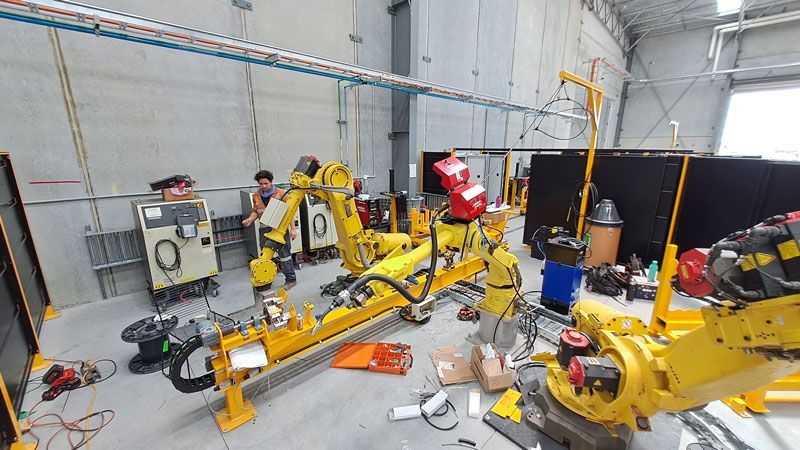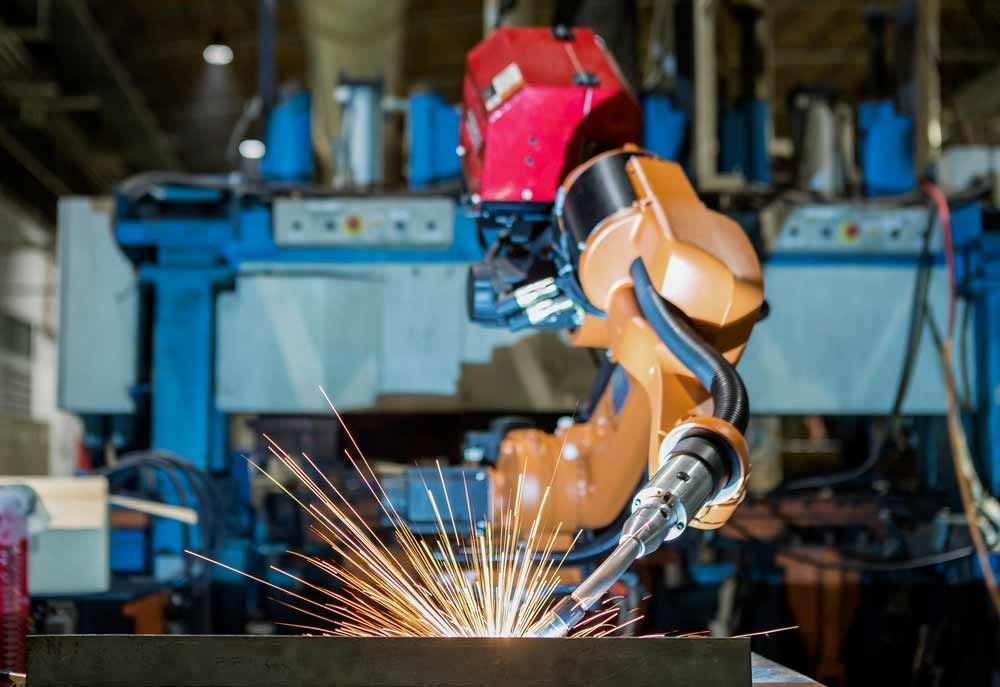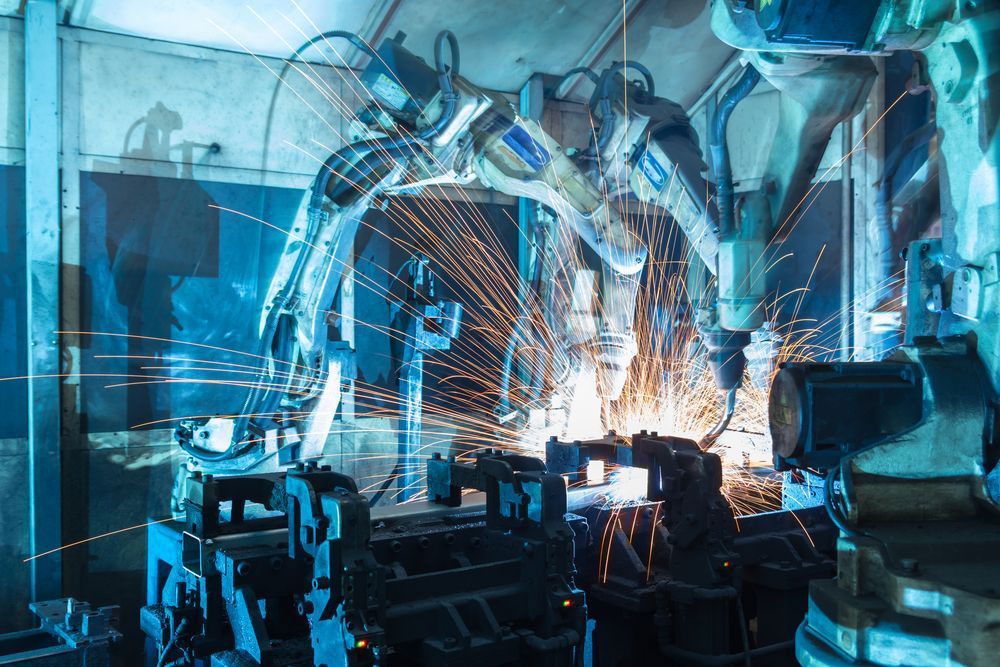Production Line With Industrial Automation Solutions
Industrial automation solutions have revolutionised the manufacturing sector by streamlining processes, increasing efficiency and reducing costs. In this blog, we will explore the benefits of industrial automation and provide practical insights on how you can improve your production line by implementing these innovative solutions.
What Is Industrial Automation?
Industrial automation refers to the use of advanced technologies and systems to automate manufacturing processes and improve operational efficiency. It involves the integration of various technologies, such as robotics, artificial intelligence and machine learning to control and monitor different aspects of production.
Benefits Of Industrial Automation Solutions
Increased Efficiency And Productivity
Automation minimises human error, accelerates production cycles and ensures consistent quality control. By automating repetitive and time-consuming tasks, such as assembly, packaging and material handling, manufacturers can increase their overall efficiency and productivity. With automated systems in place, businesses can achieve higher output levels while maintaining precision and reducing the risk of defects or delays.
Improved Quality Control
Industrial automation solutions enable real-time monitoring and data analysis, allowing for the immediate identification and rectification of production issues. Automated inspection systems can detect faults or deviations during the manufacturing process, ensuring that only products meeting stringent quality standards are delivered to customers. By maintaining consistent quality control, businesses can enhance customer satisfaction, minimise returns or recalls and protect their brand reputation.
Enhanced Worker Safety
By automating hazardous or physically demanding tasks, industrial automation solutions prioritise worker safety. Machines can handle tasks in environments that are potentially dangerous for humans, such as handling heavy loads, working in extreme temperatures or handling toxic substances. This reduces the risk of workplace accidents, injuries and occupational health hazards, creating a safer work environment.
Cost Reduction
While the initial investment in industrial automation solutions may seem substantial, the long-term cost savings outweigh the upfront expenses. Automation reduces labour costs by minimising the need for manual intervention, especially in repetitive tasks. Additionally, automated systems can optimise resource utilisation, reduce waste and minimise energy consumption, resulting in cost savings over time.
Flexibility And Scalability
Automated production lines can be easily reprogrammed or reconfigured to accommodate different product variations or production volumes. This flexibility enables businesses to respond promptly to customer needs, launch new products faster and scale up or down production as required, ensuring optimal resource utilisation.
Improving Your Production Line
1. Identify Automation Opportunities
Begin by conducting a thorough analysis of your current production processes to identify areas where automation can bring the most significant improvements. Look for tasks that are repetitive, time-consuming, error-prone or pose safety risks. By focusing on these areas, you can allocate resources effectively.
2. Research And Choose The Right Automation Technologies
Consider factors such as production volume, product complexity, available budget and integration capabilities. Collaborate with reputable automation solution providers to select the most appropriate technologies for your production line.
3. Develop A Comprehensive Implementation Plan
Before implementing automation solutions, develop a detailed plan that outlines the steps, timeline and resource requirements for the project. Consider potential challenges, such as system integration, employee training and change management.
4. Pilot Testing And Continuous Improvement
Conduct pilot tests to validate the effectiveness of the chosen automation solutions before full-scale implementation. Collect and analyse data during the pilot phase to identify areas for improvement. Use this feedback to fine-tune the automation systems and optimise their performance. Continuous improvement ensures the long-term success of automation initiatives.
5. Train And Upskill Employees
With the introduction of industrial automation solutions, employees' roles may change. Provide comprehensive training programmes to equip your workforce with the necessary skills to operate, maintain and troubleshoot automated systems. Upskilling your employees not only ensures a smooth transition but also fosters a positive work environment where workers can adapt to new technologies and contribute to process optimisation.
6. Monitor And Measure Performance
Implement real-time monitoring and data analytics systems to track the performance of your automated production line. Key performance indicators (KPIs), such as cycle time, error rates and equipment uptime, can provide valuable insights into the efficiency and effectiveness of automation solutions. Regularly analyse the data to identify areas for further optimisation and make data-driven decisions.
Revolutionise Your Production Line With Automation Solutions
At Industrial Automation Australia, we provide high-quality robotics and automation services to support your business. With our team of experienced engineers based in Brisbane, we strive to deliver innovative and customised manufacturing. Contact us today and discover how our tailored automation services can transform your business.
Organise A Consultation Today
Site Links
TRADING HOURS
- Monday
- -
- Tuesday
- -
- Wednesday
- -
- Thursday
- -
- Friday
- -
- Saturday
- Closed
- Sunday
- Closed
